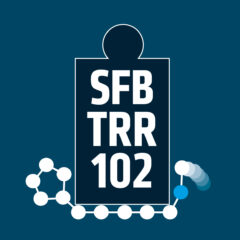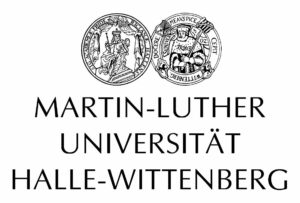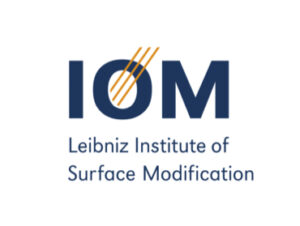Blank
Coiled coils (CCs) are α-helical structures that occurr in a large number of cytoskeleton and extracellular matrix proteins. Increasing evidence showed that CCs underwent a mechanically induced structural transition into β-sheet structures with possible amyloid-like character; however, the molecular determinants of this α-β transition (αβT) were unknown. This project aimed at unraveling the intrinsic and extrinsic factors that controlled the αβT when applying a shear force as the key constraint. Specifically, it would answer the question of if and how this force-induced αβT depended on CC sequence and length and how it compared to the temperature-induced αβT of CCs. The force-induced αβT would be studied at the single-molecule level using AFM-based single-molecule force spectroscopy (SMFS) and at the ensemble level, where the CCs would serve as physical crosslinks in poly(ethylene glycol)-based biohybrid hydrogels. In the latter case, the hydrogel would act as a force transducer, allowing for mechanically loading the CC crosslinks and observing the αβT in a standard rheology setup.
In the first two funding periods, several CRC projects had developed highly powerful methods for studying the formation of amyloid structures. These methods were now ready to be used for a new model system of high biological relevance, i.e., the force-induced αβT in CCs. Whereas SMFS and rheology would be used for determining the mechanical aspects of the αβT, NMR (Saalwächter, Balbach, Huster) as well as IR (Kremer) and fluorescence spectroscopy (Cichos, Ott) would provide structural and kinetic information. A particular focus would be placed on combining mechanical with structural techniques with the goal of observing the αβT in real-time. These methods would be applied to synthetic CCs with a well-defined and tunable sequence as well as recombinantly expressed natural CC sequences, which were known to undergo a force-induced αβT. This combination would allow for discriminating sequence-specific versus universal features that determined the αβT and its (ir)reversibility.
Highlighted Publications:
- Anna-Maria Tsirigoni, Melis Goktas, Zeynep Atris, Angelo Valleriani, Ana Vila Verde, Kerstin G. Blank. Chain Sliding versus β-Sheet Formation upon Shearing Single α-Helical Coiled Coils. Macromolecular Bioscience (unser virtual issue), bisher early view.
- Emilia M. Grad, Isabell Tunn, Dion Voerman, Alberto S. de Léon, Roel Hammink, and Kerstin G. Blank, Influence of Network Topology on the Viscoelastic Properties of Dynamically Crosslinked HydrogelsFront. Chem. 8, 536 (2020)
Other publications of this group:Anna-Maria Tsirigoni, Melis Goktas, Zeynep Atris, Angelo Valleriani, Ana Vila Verde, Kerstin G. Blank,Chain Sliding versus β-Sheet Formation upon Shearing ...
Read More






